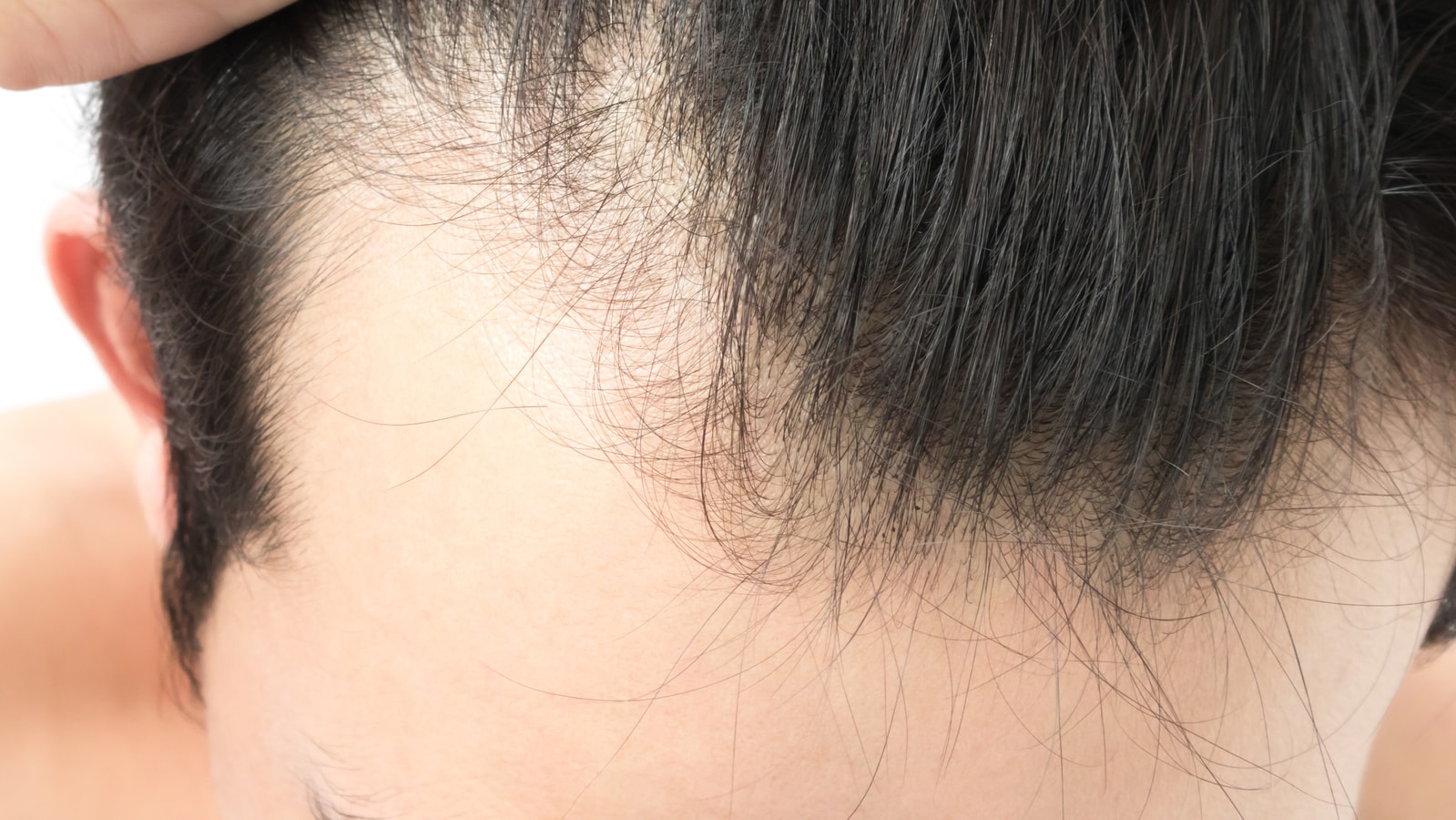Hairline lowering refers to different procedures. Surgical hairline lowering is when a surgeon makes an incision along the front of the hairline. The hairline is moved forward through the removal of excess forehead skin. The incision is camouflaged by the first few rows of hair. A hair transplant lowers the hairline by filling in the sides within the temples and the receding hairline with hair grafts to increase the overall hair density. The hair grafts are placed in tiny incisions in the front of the hairline and between the existing hairs in the hairline. The transplanted hairs are placed in the direction the hair naturally grows to achieve the desired density.




